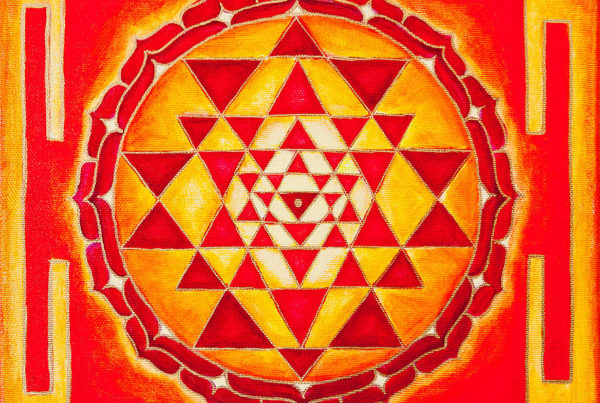
February 18, 2021
DEBUNKING RHETORIC OF ONLY-HOMA : PART 2
We received emails stating objections against our post on homa from homa propagandists. Debunking the counterpoints and for greater visibility here is another post.. 1. 1/10th homa of japa count means one need not do japa just doing 1/10th count homa is equally powerful. It is just a creative way of writing in shastras. A: No. This is super spurious logic, can come from people who have never done full mantra puruscaranas in the traditional way nor actually seen the effects of the whole process step by step. Tantra-s declare each mantra must be done lakhs of time (specific count…
Read More












